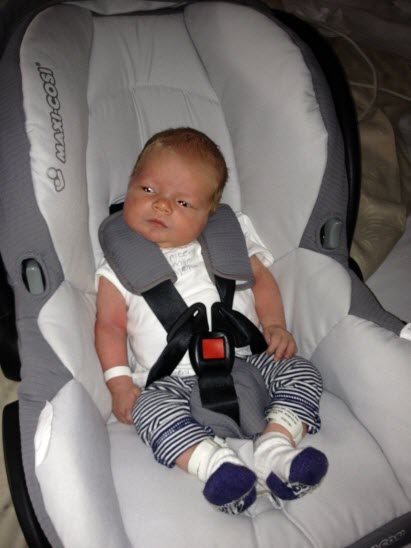01 Oct 2013
New Child Restraint Evaluation Program (CREP) ratings released today show that of 17 tested child restraints, only one model achieved a five-star protection rating.CREP awards each child restraint and booster seat a star rating for protection and ease of use, with five stars being the highest rating possible for each category.
“RACV urges all parents and carers to select a child restraint which offers the greatest protection and ease of use,” Ms Congiu said.
“For the first time, the CREP website allows parents to select two or more child restraints and easily compare them, making it easier for buyers to compare protection scores, ease-of-use scores and dimensions.”
CREP is supported by the Transport Accident Commission of Victoria (TAC), VicRoads, the Royal Automobile Club of Victoria (RACV), Transport for NSW’s Centre for Road Safety, NRMA Motoring and Services and the Royal Automobile Club of Western Australia (RACWA). The full results are available from the CREP website and parents and carers can now easily compare different models.
The road rules in Victoria require:- A child under 6 months of age to travel in a rearward facing child restraint with an inbuilt harness.
- A child aged 6 months to under 4 years to travel in either a rearward facing or forward facing child restraint with an inbuilt harness. The type of child restraint will depend on the child’s size.
- A child aged 4 years to under 7 years to travel in either a forward facing child restraint with an inbuilt harness, or a booster seat. The type of restraint will depend on the child’s size.
- A child aged 7 years to under 16 years to travel in either a booster seat or an adult seatbelt. The type of restraint will depend on the child’s size.
- A person 16 years and over to travel in an adult seatbelt.
Media contacts:
RACV: Lynette Keogh, Senior Communications Adviser, 0407 910 278
TAC: Emily Bogue, Media and Communications Manager, 0429 416 778
VicRoads: Kristina Atanasovski, Media Adviser, (03) 9091 1767
Media queries only:
- Email: media@tac.vic.gov.au
- Nicolas McGay 0403 710 889
- Alex White 0419 529 505
- Megan Evans 0403 852 657
Please refer any other enquiries to:
- Online form
- Tel: 1300 654 329
- Email: info@tac.vic.gov.au
